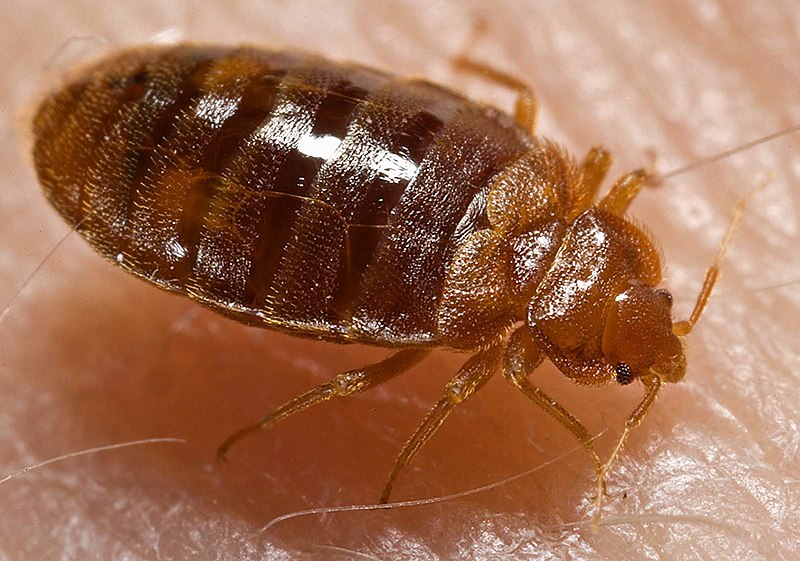Lahabali kɔligu:Bed bug, Cimex lectularius.jpg

Jɔhiyuli maa galisim:800 × 561 anfooni bihi bihi. Din pahi resolutions: 320 × 224 anfooni bihi bihi | 640 × 449 anfooni bihi bihi | 1,024 × 718 anfooni bihi bihi | 1,280 × 898 anfooni bihi bihi | 1,600 × 1,122 anfooni bihi bihi.
Faal maa maŋmaŋa (1,600 × 1,122 pixels, file size: 161 KB, MIME type: image/jpeg)
Faal tarihi
Dihimi dabisili/saha n-nya kɔl' bihi kamani di ni di yina shɛm
| Zuŋɔ dabisili/Saha | Thumbnail | Di tarisi | ŋun su | tɔhibu | |
|---|---|---|---|---|---|
| din na chana | 14:11, 17 Silimin gɔli May 2007 |  | 1,600 × 1,122 (161 KB) | Patho | == Summary == {{Information |Description=ID#: 9822 Description: This 2006 photograph depicted an oblique-dorsal view of a '''bed bug nymph, Cimex lectularius''', as it was in the process of ingesting a blood meal from the arm of a “voluntary” human h |
Lahibali kɔligu zaŋ tum tuma
Din doli ŋɔ na yaɣili tuma nima zaŋ ti lahabali kɔligu ŋɔ:
Duniya zaa lahabali kɔligu zaŋ tum tuma
Wikis shɛŋa ŋan dolina ŋɔ gba malila faal ŋɔ n kuri bukaata:
- Zaŋ tum tuma af.wikipedia.org zuɣuc
- Zaŋ tum tuma an.wikipedia.org zuɣuc
- Zaŋ tum tuma ar.wikipedia.org zuɣuc
- Zaŋ tum tuma arz.wikipedia.org zuɣuc
- Zaŋ tum tuma ast.wikipedia.org zuɣuc
- Zaŋ tum tuma azb.wikipedia.org zuɣuc
- Zaŋ tum tuma be.wikipedia.org zuɣuc
- Zaŋ tum tuma bg.wikipedia.org zuɣuc
- Zaŋ tum tuma bjn.wikipedia.org zuɣuc
- Zaŋ tum tuma bn.wikipedia.org zuɣuc
- Zaŋ tum tuma bs.wikipedia.org zuɣuc
- Zaŋ tum tuma ca.wikipedia.org zuɣuc
- Zaŋ tum tuma ca.wiktionary.org zuɣuc
- Zaŋ tum tuma ceb.wikipedia.org zuɣuc
- Zaŋ tum tuma cs.wikipedia.org zuɣuc
- Zaŋ tum tuma cv.wikipedia.org zuɣuc
- Zaŋ tum tuma de.wikibooks.org zuɣuc
- Zaŋ tum tuma din.wikipedia.org zuɣuc
- Zaŋ tum tuma el.wikipedia.org zuɣuc
- Zaŋ tum tuma eml.wikipedia.org zuɣuc
- Zaŋ tum tuma en.wikipedia.org zuɣuc
- Zaŋ tum tuma en.wikinews.org zuɣuc
- Zaŋ tum tuma en.wiktionary.org zuɣuc
Yulima more global usage zaŋ chaŋ lahabali kɔligu ŋɔ.

